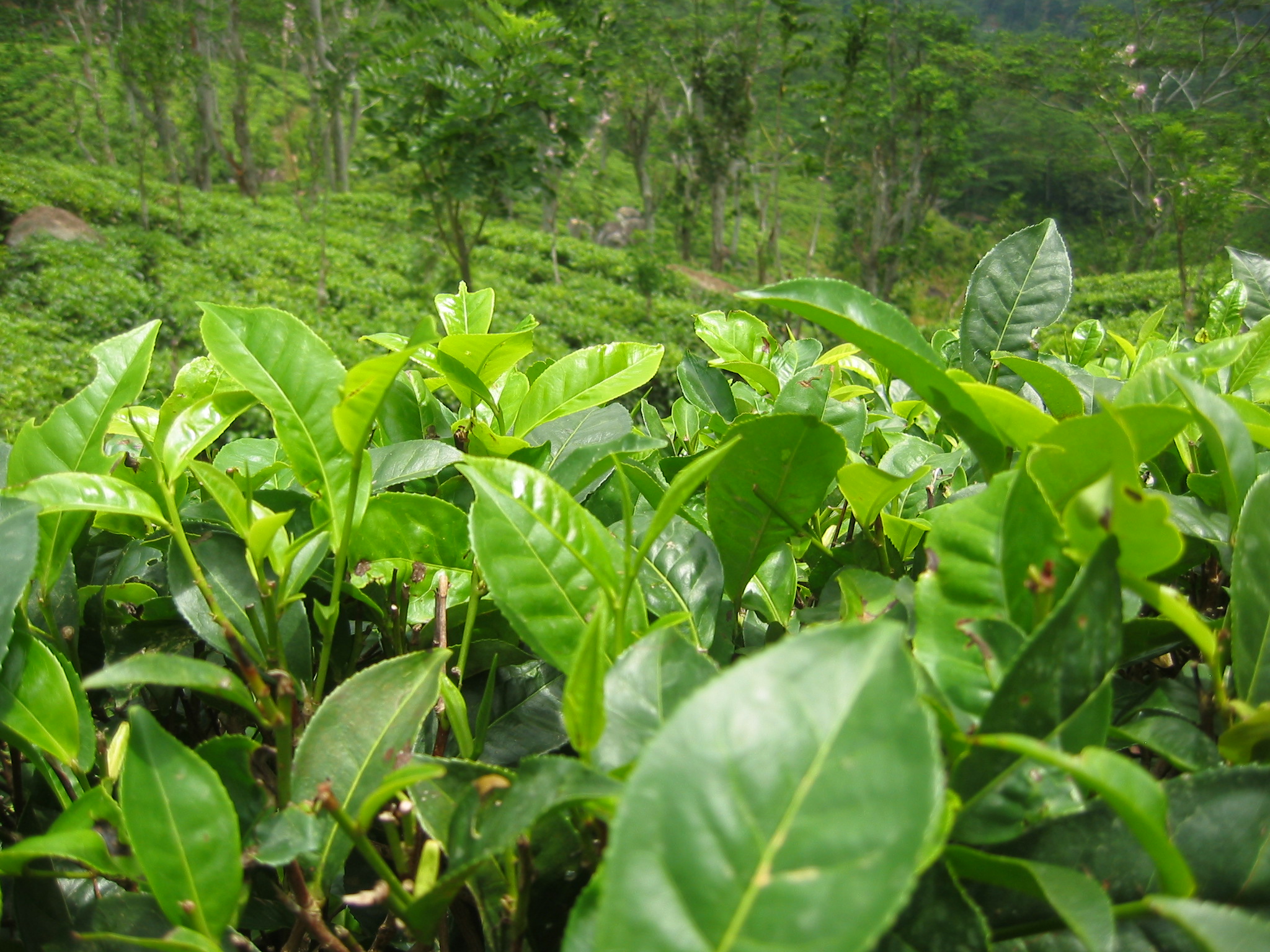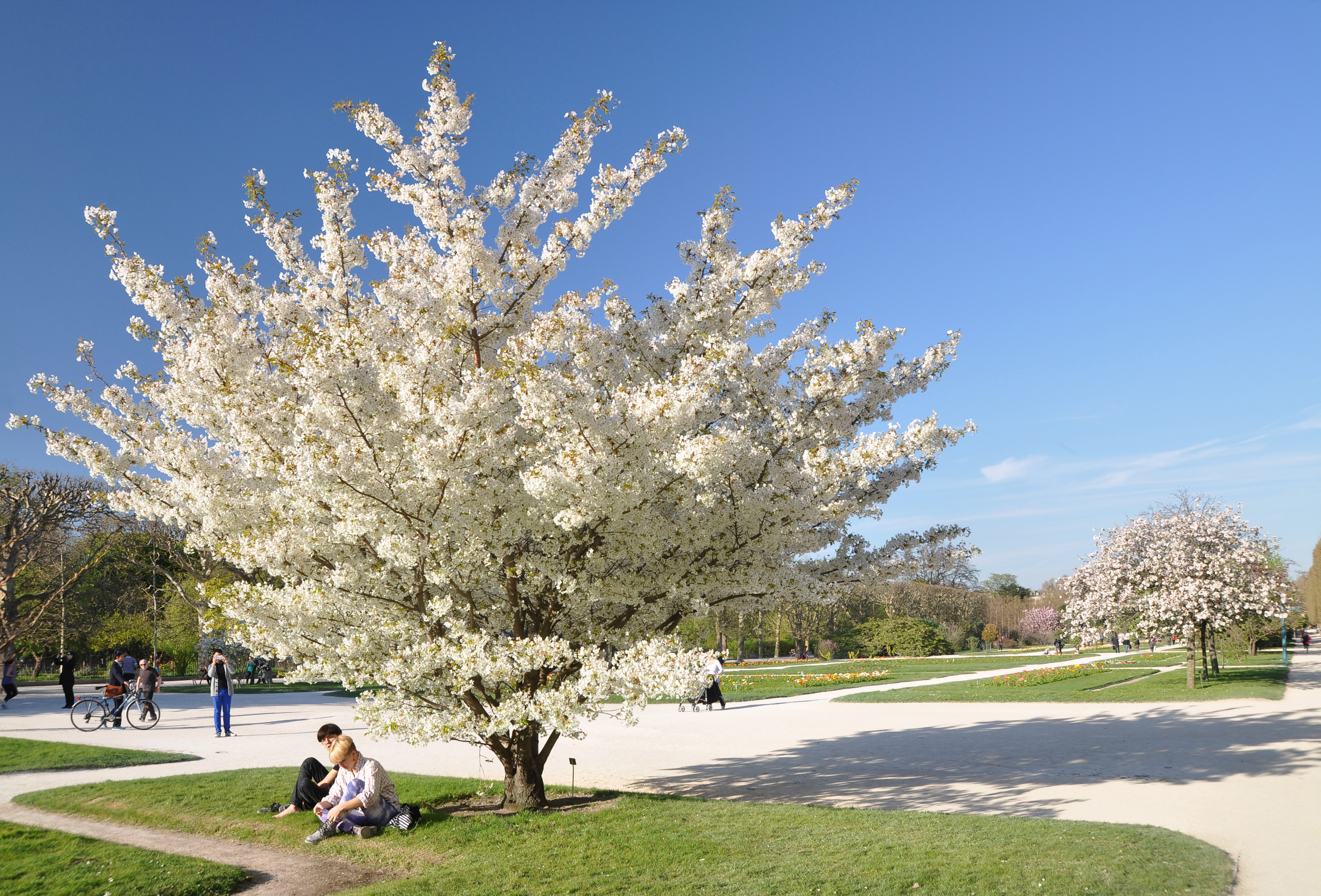|
Dandenong Ranges Botanic Garden
The Dandenong Ranges Botanic Garden, formerly known as the National Rhododendron Gardens, is a botanical garden in Olinda, Victoria, Australia. The gardens are known for their rhododendrons, azaleas, camellias, cherries and daffodils. The collection includes more than 50,000 plants, some of which are rare or endangered. There are also some smaller gardens, like the Japanese Garden. In September and early October, the cherry blossoms are in bloom in Cherry Tree Grove. Setting The gardens are located adjacent to the Dandenong Ranges National Park, near Olinda, at an elevation of almost above sea level. The site faces north-east and receives around of rainfall annually. The soils are mostly volcanic, free draining and mildly acid. These conditions are ideal for rhododendrons. History The Australian Rhododendron Society was established in Victoria in 1960, and in that same year it approached the government seeking the allocation of land for a rhododendron garden. A site ... [...More Info...] [...Related Items...] OR: [Wikipedia] [Google] [Baidu] |
Olinda, Victoria
Olinda is a town within the Dandenong Ranges in central-south Victoria, Australia, located east of Melbourne's CBD, located within the Shire of Yarra Ranges local government area. Olinda recorded a population of 1,773 at the 2021 census. It is a popular weekend destination for tourists, with a variety of restaurants and cafes. The town is home to the Dandenong Ranges Botanic Garden and R.J. Hamer Arboretum. History Olinda is named after Olinda Creek, which begins in the township. The creek was named in 1858 after Alice Olinda Hodgkinson, the daughter of Clement Hodgkinson, Victoria's acting Surveyor General. The town was initially a logging settlement, however as land was made available for horticulture in the early 1900s, the town began to grow substantially. The Post Office opened on 21 August 1901. Berry farming, dairying, and flower growing became prosperous industries, and tourism soon flourished as the principal industry of Olinda. In 1919 the Australian artist ... [...More Info...] [...Related Items...] OR: [Wikipedia] [Google] [Baidu] |
Rhododendron
''Rhododendron'' (; from Ancient Greek ''rhódon'' "rose" and ''déndron'' "tree") is a very large genus of about 1,024 species of woody plants in the heath family (Ericaceae). They can be either evergreen or deciduous. Most species are native to eastern Asia and the Himalayan region, but smaller numbers occur elsewhere in Asia, and in North America, Europe and Australia. It is the national flower of Nepal, the state flower of Washington and West Virginia in the United States, the state flower of Nagaland in India, the provincial flower of Jiangxi in China and the state tree of Sikkim and Uttarakhand in India. Most species have brightly colored flowers which bloom from late winter through to early summer. Azaleas make up two subgenera of ''Rhododendron''. They are distinguished from "true" rhododendrons by having only five anthers per flower. Species Description ''Rhododendron'' is a genus of shrubs and small to (rarely) large trees, the smallest species growing to ... [...More Info...] [...Related Items...] OR: [Wikipedia] [Google] [Baidu] |
Camellia
''Camellia'' (pronounced or ) is a genus of flowering plants in the family Theaceae. They are found in eastern and southern Asia, from the Himalayas east to Japan and Indonesia. There are more than 220 described species, with some controversy over the exact number, and also around 3,000 hybrids. The genus was named by Linnaeus after the Jesuit botanist Georg Joseph Kamel, who worked in the Philippines and described a species of camellia (although Linnaeus did not refer to Kamel's account when discussing the genus). Of economic importance in East Asia, Southeast Asia, and the Indian subcontinent, leaves of '' C. sinensis'' are processed to create the popular beverage tea. The ornamental '' C. japonica'', '' C. sasanqua'' and their hybrids are the source of hundreds of garden cultivars. '' C. oleifera'' produces tea seed oil, used in cooking and cosmetics. Descriptions Camellias are evergreen shrubs or small trees up to tall. Their leaves are alternately arranged, ... [...More Info...] [...Related Items...] OR: [Wikipedia] [Google] [Baidu] |
Daffodils
''Narcissus'' is a genus of predominantly spring flowering perennial plants of the amaryllis family, Amaryllidaceae. Various common names including daffodil,The word "daffodil" is also applied to related genera such as '' Sternbergia'', ''Ismene'' and ''Fritillaria meleagris''. It has been suggested that the word "Daffodil" be restricted to the wild species of the British Isles, '' N. pseudonarcissus''. narcissus, and jonquil are used to describe all or some members of the genus. ''Narcissus'' has conspicuous flowers with six petal-like tepals surmounted by a cup- or trumpet-shaped corona. The flowers are generally white and yellow (also orange or pink in garden varieties), with either uniform or contrasting coloured tepals and corona. ''Narcissus'' were well known in ancient civilisation, both medicinally and botanically, but formally described by Linnaeus in his ''Species Plantarum'' (1753). The genus is generally considered to have about ten sections with approximately 50 ... [...More Info...] [...Related Items...] OR: [Wikipedia] [Google] [Baidu] |
Japanese Garden
are traditional gardens whose designs are accompanied by Japanese aesthetics and philosophical ideas, avoid artificial ornamentation, and highlight the natural landscape. Plants and worn, aged materials are generally used by Japanese garden designers to suggest a natural landscape, and to express the fragility of existence as well as time's unstoppable advance. Ancient Japanese art inspired past garden designers. Water is an important feature of many gardens, as are rocks and often gravel. Despite there being many attractive Japanese flowering plants, herbaceous flowers generally play much less of a role in Japanese gardens than in the West, though seasonally flowering shrubs and trees are important, all the more dramatic because of the contrast with the usual predominant green. Evergreen plants are "the bones of the garden" in Japan. Though a natural-seeming appearance is the aim, Japanese gardeners often shape their plants, including trees, with great rigour. Japanese literatur ... [...More Info...] [...Related Items...] OR: [Wikipedia] [Google] [Baidu] |
Cherry Blossom
A cherry blossom, also known as Japanese cherry or sakura, is a flower of many trees of genus ''Prunus'' or ''Prunus'' subg. ''Cerasus''. They are common species in East Asia, including China, Korea and especially in Japan. They generally refer to ornamental cherry trees, not to be confused with cherry trees that produce fruit for eating.Toshio Katsuki. (2015) ''Sakura''. pp.14–18 Iwanami Shoten. It is considered the national flower of Japan. Wild species of the cherry tree is widely distributed mainly in the Northern hemisphere. In the mainstream classification in Europe and North America, cherry trees for ornamental purposes are classified into the genus ''Prunus'' which consists of about 400 species. In the mainstream classification in Japan, China, and Russia, on the other hand, ornamental cherry trees are classified into the genus ''Cerasus'', which consists of about 100 species separated from the genus ''Prunus'', and the genus ''Cerasus'' does not include '' P ... [...More Info...] [...Related Items...] OR: [Wikipedia] [Google] [Baidu] |
Dandenong Ranges National Park
The Dandenong Ranges National Park is a national park located in the Greater Melbourne region of Victoria, Australia. The national park is situated from at its westernmost points at Ferntree Gully and Boronia to at it easternmost point at Silvan, east of the Melbourne City Centre. The park was proclaimed on , amalgamating the Ferntree Gully National Park, Sherbrooke Forest and Doongalla Estate. In 1997 the Olinda State Forest, Mt. Evelyn and Montrose Reserve were formally added to the national park. History The region was originally inhabited by the Bunurong and Woewurrong Aboriginal people. Most of the forest got cleared when it became a significant source of timber for Melbourne. During the late last century, farming began in the area as roads and railways were built and the 'Puffing Billy' narrow-gauge line from Ferntree Gully to Gembrook started in 1900. Tourism flourished from the 1870s. The Fern Tree Gully was the first to be reserved as a park in 1882 followed by ... [...More Info...] [...Related Items...] OR: [Wikipedia] [Google] [Baidu] |
Henry Bolte
Sir Henry Edward Bolte GCMG (20 May 1908 – 4 January 1990) was an Australian politician who served as the 38th Premier of Victoria. To date he is the longest-serving Victorian premier, having been in office for over 17 consecutive years. Early years Henry Bolte () was born in Ballarat, the son of a publican of German descent. He was to spend the first 24 years of his life (apart from three years at boarding school) in the small Western District town of Skipton. He was educated at Skipton Primary School and Ballarat Grammar School: to date, he was the last Victorian Premier not to attend a university. After working in various manual jobs he married Edith Elder in 1934 and bought a small farm called 'Kialla' at Bamganie near Meredith, where he lived for the rest of his life, running sheep and cattle. In 1940 Bolte joined the Australian Army and served as a sergeant with a training regiment until 1945. After the war he returned to farming and became active in the newly ... [...More Info...] [...Related Items...] OR: [Wikipedia] [Google] [Baidu] |
Fumihito, Crown Prince Of Japan
is the younger brother and heir presumptive of Emperor Naruhito of Japan and the younger son of Emperor emeritus Akihito and Empress emerita Michiko. Since his marriage in June 1990, he has had the title and has headed his own branch of the imperial family.''Kunaicho''personal histories In November 2020, Fumihito was officially declared heir presumptive to the throne, during the Ceremony for Proclamation of Crown Prince (''Rikkōshi-Senmei-no-gi'') in Tokyo. Early life and education The prince was born on 30 November 1965 in the morning at 12:22 am in the Imperial Household Agency Hospital, Tokyo Imperial Palace in Tokyo. His given name is Fumihito. His mother, Empress Emerita Michiko, is a convert to Shinto from Roman Catholicism. His childhood appellation was Prince Aya (礼宮 Aya-no-miya). He attended the primary and secondary schools of the Gakushūin. He played tennis in primary and secondary schools of the Gakushūin. In April 1984, the prince entered the Law De ... [...More Info...] [...Related Items...] OR: [Wikipedia] [Google] [Baidu] |
Chelsea Flower Show
The RHS Chelsea Flower Show, formally known as the ''Great Spring Show'',Phil Clayton, ''The Great Temple Show'' in ''The Garden'' 2008, p.452, The Royal Horticultural Society is a garden show held for five days in May by the Royal Horticultural Society (RHS) in the grounds of the Royal Hospital Chelsea in Chelsea, London. Held at Chelsea since 1912, the show is attended by members of the British Royal Family. Highlights to the Chelsea Flower Show include the avant-garde show gardens designed by leading names with Floral Marquee at the centrepiece. The Show also features smaller gardens such as the Artisan and Urban Gardens. History Great Spring Show The first Royal Horticultural Society Great Spring Show was held in 1862, at the RHS garden in Kensington. Before this date the RHS had held flower shows from 1833 in their garden in Chiswick, which themselves had been preceded by fetes. The Kensington Garden was chosen as a site because the flower shows in Chiswick were experiencin ... [...More Info...] [...Related Items...] OR: [Wikipedia] [Google] [Baidu] |
Gardens In Victoria (Australia)
A garden is a planned space, usually outdoors, set aside for the cultivation, display, and enjoyment of plants and other forms of nature. The single feature identifying even the wildest wild garden is ''control''. The garden can incorporate both natural and artificial materials. Gardens often have design features including statuary, follies, pergolas, trellises, stumperies, dry creek beds, and water features such as fountains, ponds (with or without fish), waterfalls or creeks. Some gardens are for ornamental purposes only, while others also produce food crops, sometimes in separate areas, or sometimes intermixed with the ornamental plants. Food-producing gardens are distinguished from farms by their smaller scale, more labor-intensive methods, and their purpose (enjoyment of a hobby or self-sustenance rather than producing for sale, as in a market garden). Flower gardens combine plants of different heights, colors, textures, and fragrances to create interest and delight th ... [...More Info...] [...Related Items...] OR: [Wikipedia] [Google] [Baidu] |






.jpg)


